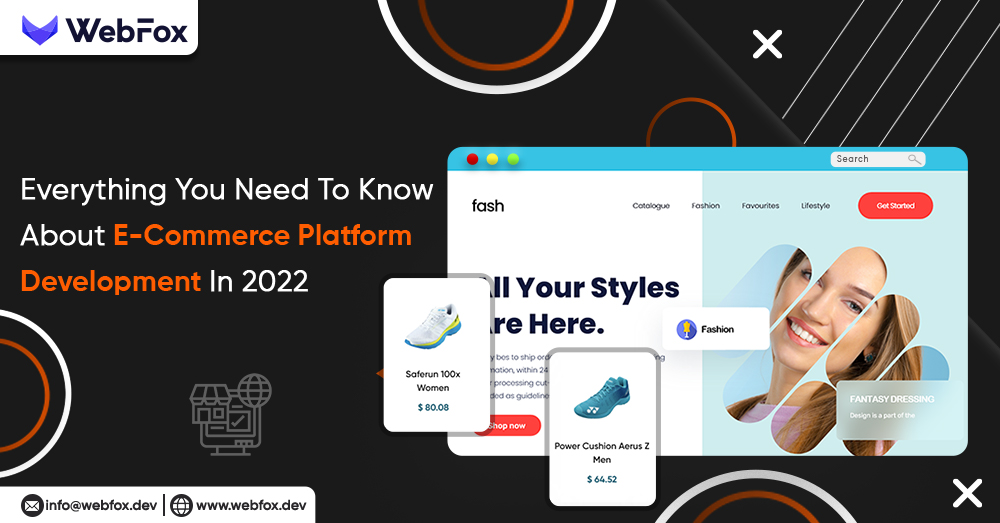e-commerce is one of the best ways that businesses can rely on to do business. A lot of companies are investing in e-commerce website development to build their e-commerce websites.
When there are tons of platforms available for e-commerce website development, it may not be easy to choose the best one. This blog would help you know about the e-commerce website development, know about popular platforms, how to create an e-commerce website, etc.
What are the different e-commerce business models available to meet your business goals?
You will find several e-commerce business models, but you should select the right one that fits your business goals and products. The 3 main e-commerce website models are B2C, C2B, and B2B.
B2C
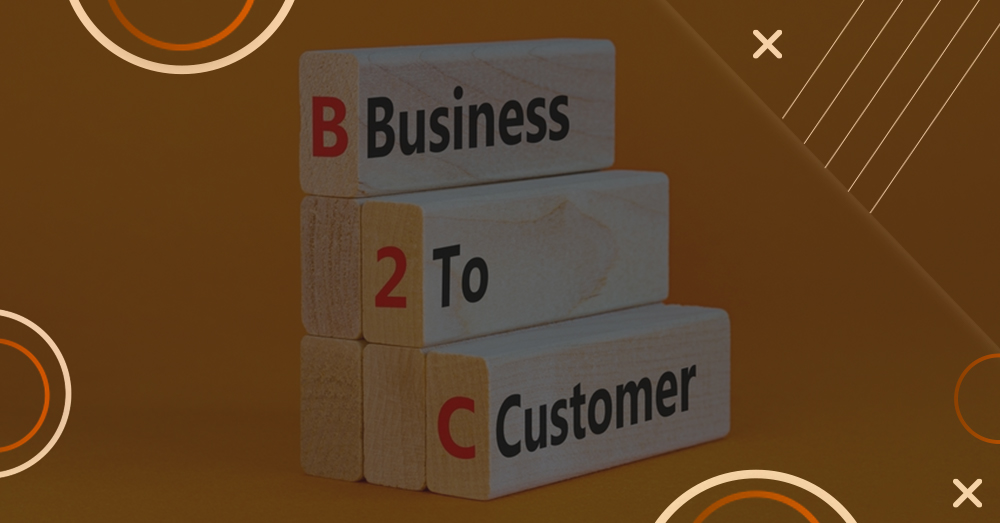
These e-commerce stores sell services/products to customers. It is one of the basic models best suited for businesses looking to connect to a large audience base.
C2B
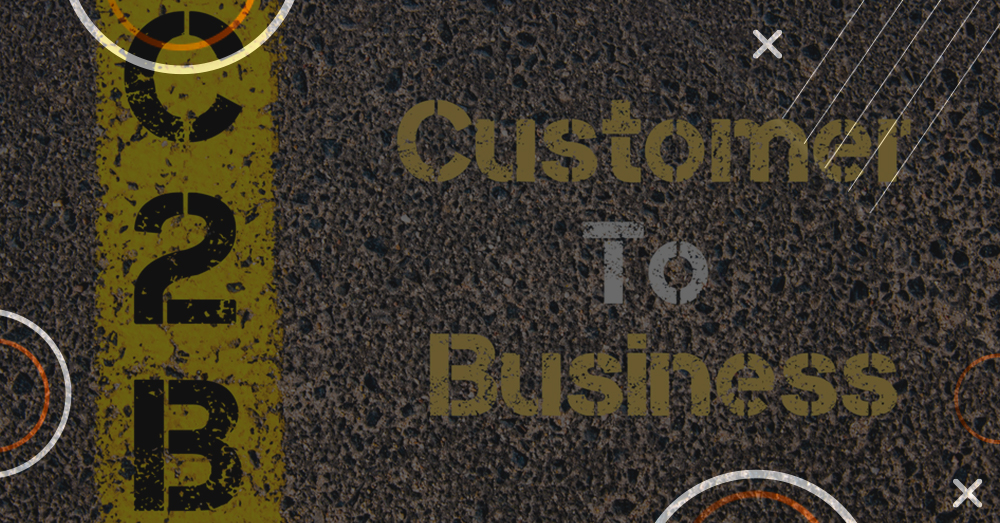
These stores help customers to sell services or products to the businesses. This model is ideal for businesses who wish to source items from different businesses.
B2B
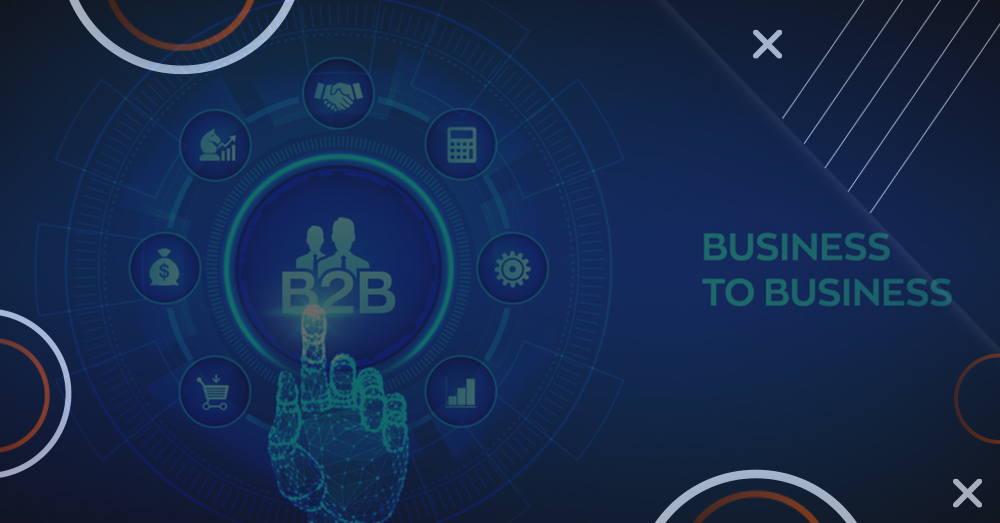
These e-commerce models enable easy selling of products/services among businesses.
Vital features for e-commerce platform
Once you plan an e-commerce design and development project, make sure you are aware of the features to be included in your platform. Here are some of the vital features to check out for
- Inventory Management
- Product Database
- Payment Integration
- Customizable Reports
- Analytical reports
- Integration of Shipping Options
- Content management
- Livestream e-commerce
- Custom dashboards
Steps to follow for successful e-commerce Platform development
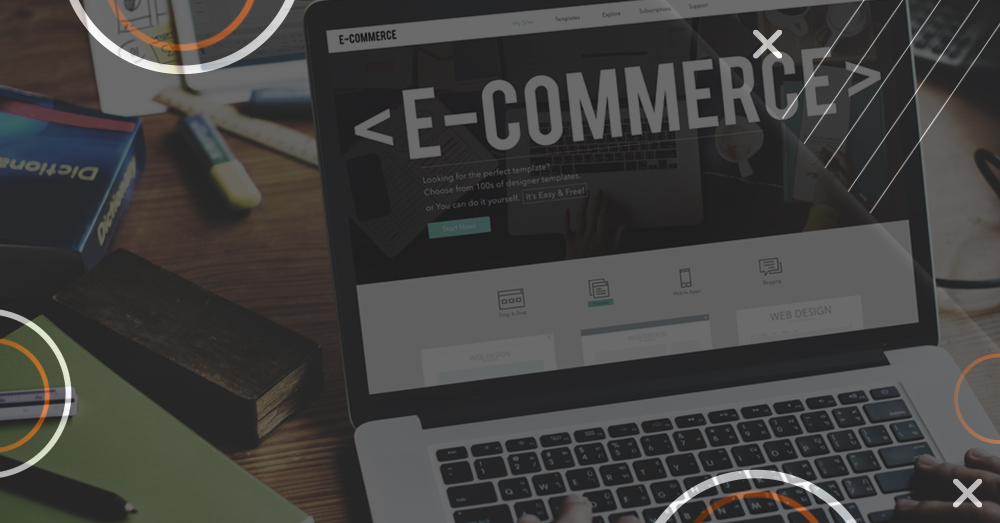
Irrespective of whether you plan to build an e-store with the help of an in-house team or wish to outsource e-commerce platform creation, you need to follow a structured development process without missing out on crucial points to get the best outcome. So, let’s get started with the process.
1. Determine your services/products and customers
A business always needs to know its customers so that it can find the best methods to reach out to them. One of the best ways to know your target audience is to find out the customers your competitors are selling their products/services to. This will help you know whom to target and plan marketing campaigns accordingly.
2. Select your development company and e-commerce platform wisely
Choosing the right eCommerce platform is important for any e-commerce business. So, you can either choose an in-house team for development or outsource it to developers. Before you choose the right e-commerce platform, make sure you have a clear idea of your business requirements. Make a list of features that would meet your customers’ needs and your business goals. Let us have a look at the different aspects you can consider before choosing the right e-commerce platform.
- Database support & integration, CRM, ERP
- Customization options available with the e-commerce Platform
- Strong backend stack
- Responsive & mobile friendly e-commerce platform
- e-commerce marketing tools provided with the platform
3. Browse and compare through multiple e-commerce platform builders to choose the right fit
It is always better to compare the best e-commerce website builders to pick the right one that suits your business needs. Here is the list of popular e-commerce website builders
- Wix
- Magento
- Shopify
- Weebly
- BigCommerce
4. Pick the suitable e-commerce hosting service
Certainly, you need to decide smartly on hosting, server, and domain as these elements make a lot of difference to your online business. Make sure you do not overlook the performance and accessibility of the platform. While choosing the hosting and maintenance here are some factors you can look at
- Uptime
- Speed
- Support
- Security
- Scalability
5. Select a template
Themes/templates are the vital elements that make your online platform impressive. To eliminate the need for coding, a template can be the ideal solution to go with. Using a template to establish your online store comes with fewer challenges.
6. Find out the pages & functionalities required
Well, features contribute a lot to portraying your business and its values. So, before you start with website designing, make sure you have a list of features you need in your store.
7. Create an explanatory page for your products
After you are done with all customizations to your platform, you can add products to your e-store. Try to include more details on the product pages to grab more customers. You can include the following product details
- Product name & brand
- Product Category
- Product Price
- Weight of the goods
8. Payment Options & Shipping
Payment gateways are an integral part of any online store. It helps convert a visitor into a potential buyer. These gateways direct to Google Pay, Apple, PayPal, etc. You should also include debit and credit card payment options. Some of the payment options are
- Credit Card Payment
- Payment Gateway Packages
- Shipping Integration
9. Proceed to website testing and launch
This is the last step before you your platform goes live. You need to test your platform before you make it live. Testing would ensure that the entire e-commerce platform functions smoothly. Here are some aspects you should check out during the testing process.
- Overall Functionality
- Checkout Process
- Compatibility with Multiple Browsers
- Mobile Optimization
- Make sure the platform can be accessed from all known web-browsers
- Focus on speed and loading time before launching your platform.
What would be the development cost for an e-commerce website design and development project?

The e-commerce platform development cost varies with different aspects like
- Rates of the developers
- No of platforms
- The complexity of the platform and functions needed
What is the technology stack required to build your e-commerce platform?

Let us learn about the technologies that your e-commerce website design and development team would use.
Frontend
HTML, CSS, React and JavaScript
Backend
Node JS, Ruby-on-Rails, .Net, and Python
Databases
MongoDB, Firebase, PostgreSQL and MySQL
Cloud Integration
Firebase Storage and AWS S3
Inventory Management Systems
Inventory Planner, Skubana, and Zentail.
Conclusion
If you are running an online store, you should understand that building an e-store is not easy as it sounds. If you want to create an impressive website to stay in the competition then you check out the new trends and hire website design and development that can help you integrate the latest technologies to help you generate profits through your e-commerce website.
WebFox, a trusted e-commerce website development company can help you build a robust e-commerce platform to reach out to a huge customer base. Our team of developers understands the fact that the e-commerce platform development sector is changing constantly, hence they are updated with the newest trends in this field so that you keep up with the changing market. Share your e-commerce website requirements today with us to get the desired outcome.
